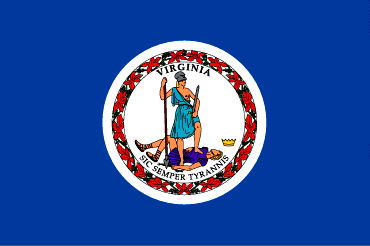In the minutes of the Council and
General Court of Colonial Virginia 1622-1632, 1670-1676 with notes and
excerpts from original Council and General Court Records, into 1683, now
lost. Edited by H. R. McIlwaine, Richmond Virginia MCMXXIV, page 295-297:
"The 25th of March 1672: Governor Sr. Hen: Chicheley
Mr. Secretary Eds: Digges Major genll Smyth, Liet Coll Beale Liet Coll
Park Coll..Tho Ballard Jno Pate, Esqr. WIMBERLY LAND: Order is graunted
to John Wimberly to pattent 300 acres of Land in Nansomd County
formerly granted to Israell Johnson, who did not seat it, unless some former
grant be made thereof, entring rights according to law."
LAND GRANT: 400 acres 16 Dec 1673, Patents
6, 1666-1679 (Reel 6, page 505) JOHN WIMBERLY, 400 acres, Dec 17, 1673:
"To all ye whereas you now know you that I the
said Sr. Wm. Parkeley, agent, Govnor do give and grant unto Jno Wimberly
four hundred acres of land situate lying and being in the County of Nanzamond
beginning at a marked hickory by the w side branch ____ _____ running West
by South 320 poles to a marked oak south, North by West 200 poles to marked
oak butting on the land of Robt Gooks for E by N Joyning the Gook's land
to and by East 200 poles to the first Station. The Land is Due by transportation
of eight persons into this Colony. To have and to hold and to be held judging
and paying ____ provided you. Dated 16 Day of December 1673. Richard
Arms, Hecter Jones, Wm. Elsey, and himself twice,
and Peter Field 3 times.
LAND GRANT: Cavaliers and Pioneers. Vol
II 1666-1695, Page 118:
"Mr. Thomas Milner, 350 acs., Nansimond
Co., against Dumplin Island; 9 Oct 1672 p. 429. Beg. at Troublesome
poynt upon Nansimond Riv., to land of Richard Hyne; adj. Mr. Christopher
Achelley; land of John White, dec'd, now in possession of Wm. Gatlyn. 200
acs. part of a greater devdt. granted to Francis Malden 16 May 1638,
and by Francis his sonne and heyre, assigned to sd. Milner; 150 acs.
for trans. of 3 pers: Wm. Wimberley, Peter Wimberley, Catherine Barstable."
Survey Report No. 10934: Chancery Patent
Rolls, 12 Charles I, Part 23: Dates: 1636/1637: Page 4:
"1p No. 52 William Wimberley [Merchant]
- £10 - City of London" (William Wimberley obtained a license
for £10 to sell Tobacco in the City of London on February 27, 1636/37).

